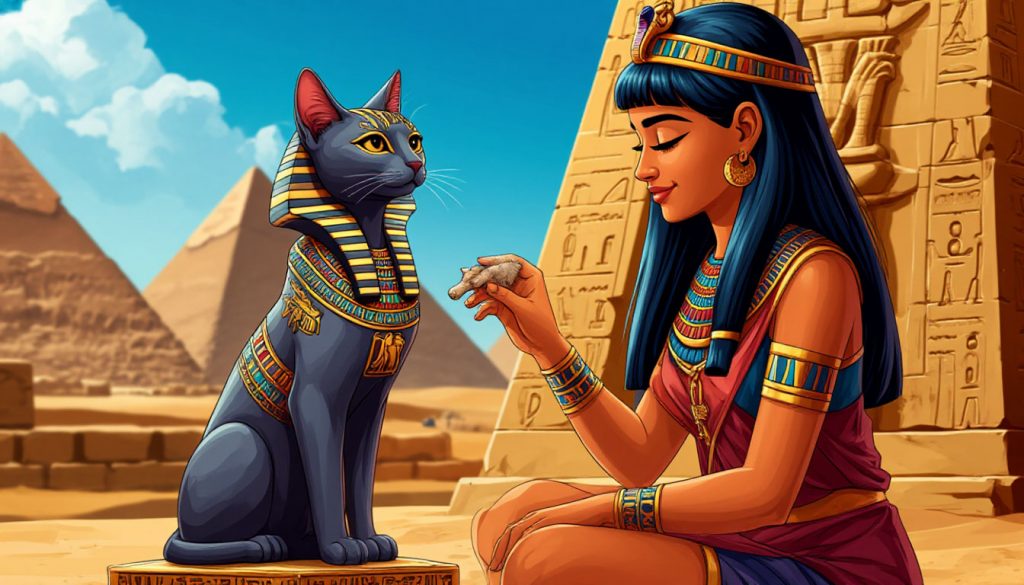Domesticated cats, now among the world’s most popular pets, have a long and fascinating history that spans thousands of years. From revered companions in ancient civilizations to cherished members of modern households, cats have undergone a remarkable transformation in their relationship with humans. This article explores the origins and evolution of modern cats (Felis catus) and how they became integral to our lives.
From Wild Ancestors to Domestic Companions
The story of modern cats begins with their wild ancestor, the African wildcat (Felis lybica), which still roams the savannas of Africa and the Middle East today. Archaeological evidence suggests that domestication began around 9,000 years ago in the Fertile Crescent, a region that includes parts of modern-day Turkey, Iraq, and Egypt.
As humans began to store surplus grain, rodents became a problem—cats, natural hunters, were attracted to these food-rich environments. Rather than being actively domesticated, cats likely domesticated themselves by adapting to life near human settlements.
Cats in Ancient Civilizations
In ancient Egypt, cats were revered and even considered sacred. The goddess Bastet, often depicted with a cat’s head, symbolized home, fertility, and protection. Killing a cat—even accidentally—was a serious crime.
Egyptians began selectively breeding cats, and many households kept them as pets. They were also used on ships to control vermin and eventually spread to Europe and Asia via trade routes.
The Middle Ages: Revered and Reviled
During the Middle Ages, attitudes toward cats shifted dramatically in Europe. They were at times associated with witchcraft and the supernatural, particularly black cats. During the Black Death, many cats were killed due to superstition—ironically worsening the plague by allowing rat populations to flourish.
Despite this, cats continued to be valued in rural communities for their rodent-catching abilities and gradually regained their status.
The Rise of the Modern Housecat
By the 17th and 18th centuries, cats became more accepted in European households, especially in cities where rodent control was crucial. With the rise of the Victorian era, cats were seen not just as pest controllers but as companions, particularly among the upper classes.
The first cat show took place in London in 1871, marking the beginning of formal cat breeding and the recognition of different cat breeds. The Cat Fanciers’ Association (CFA) was founded in 1906 in the United States, helping to standardize breeds and promote cat care.
Cats in the 20th and 21st Centuries
Today, domestic cats are one of the most popular pets globally, with hundreds of recognized breeds and millions of household companions. Advances in veterinary medicine, pet nutrition, and animal behavior research have improved the lives of modern cats significantly.
The internet age brought a cultural explosion of cat content—from viral videos to memes and social media stars—further solidifying their place in our hearts and homes.
Glossary
- Domestication — The process by which animals adapt to living with humans through natural or artificial selection
- Fertile Crescent — A historical region in the Middle East where agriculture and early civilizations flourished
- African wildcat — The wild ancestor of today’s domestic cats
- Bastet — An ancient Egyptian goddess associated with cats and home protection
- Cat Fanciers’ Association (CFA) — A leading organization promoting pedigree cat breeding and shows


